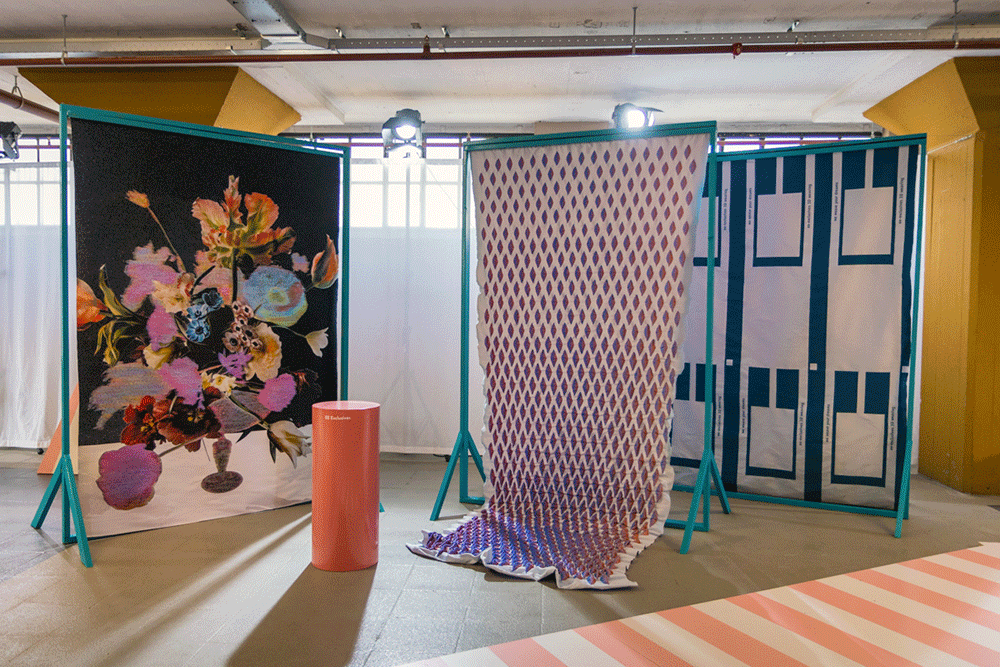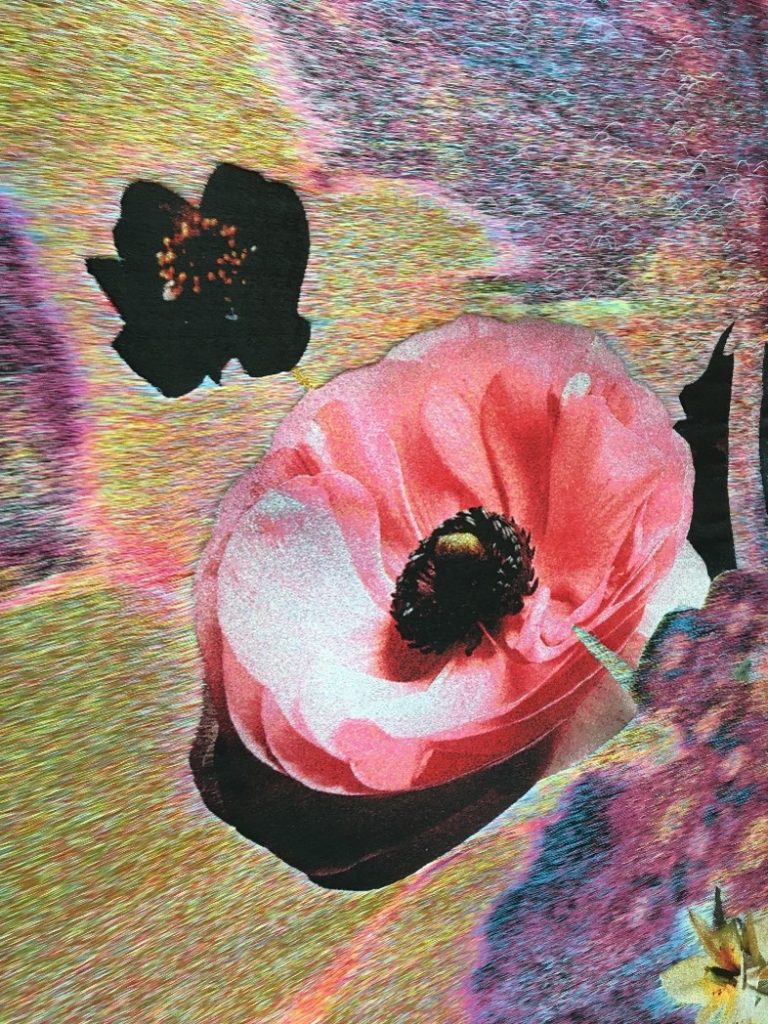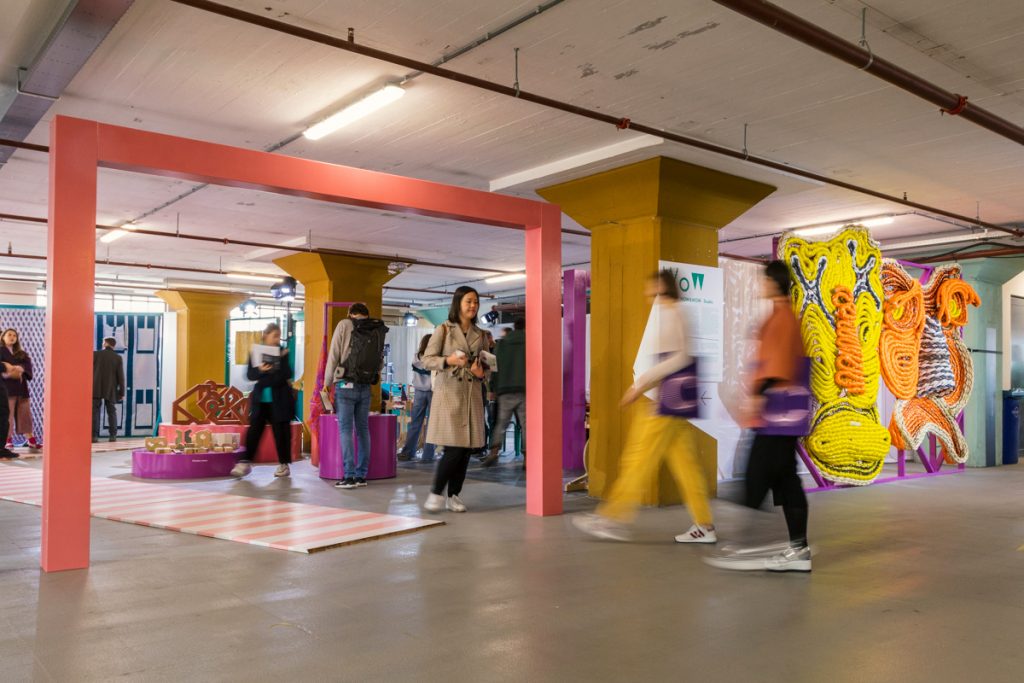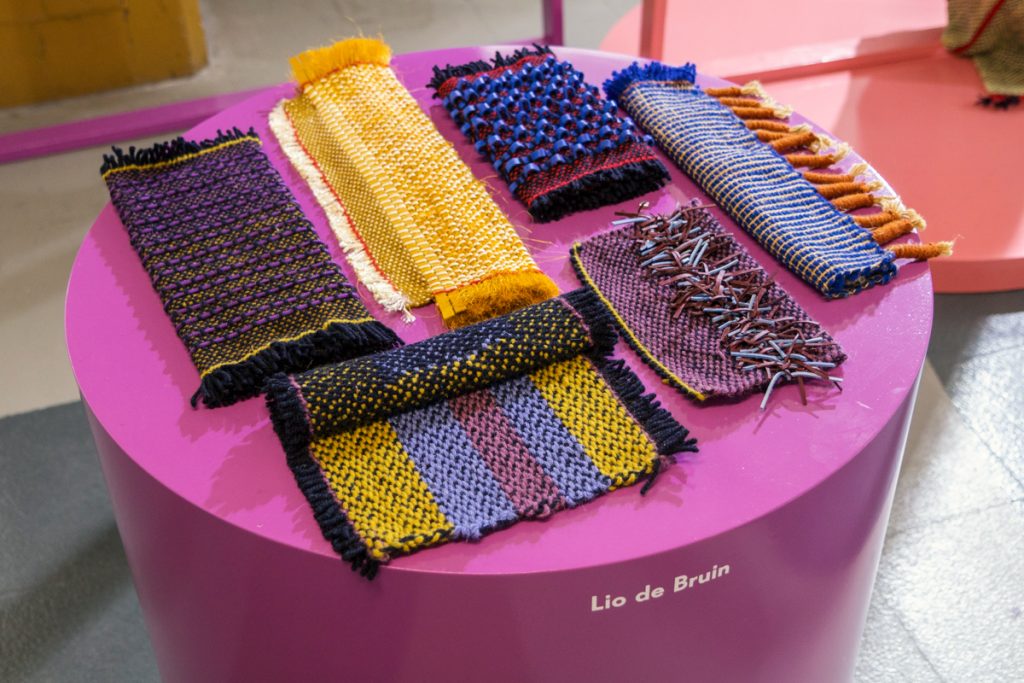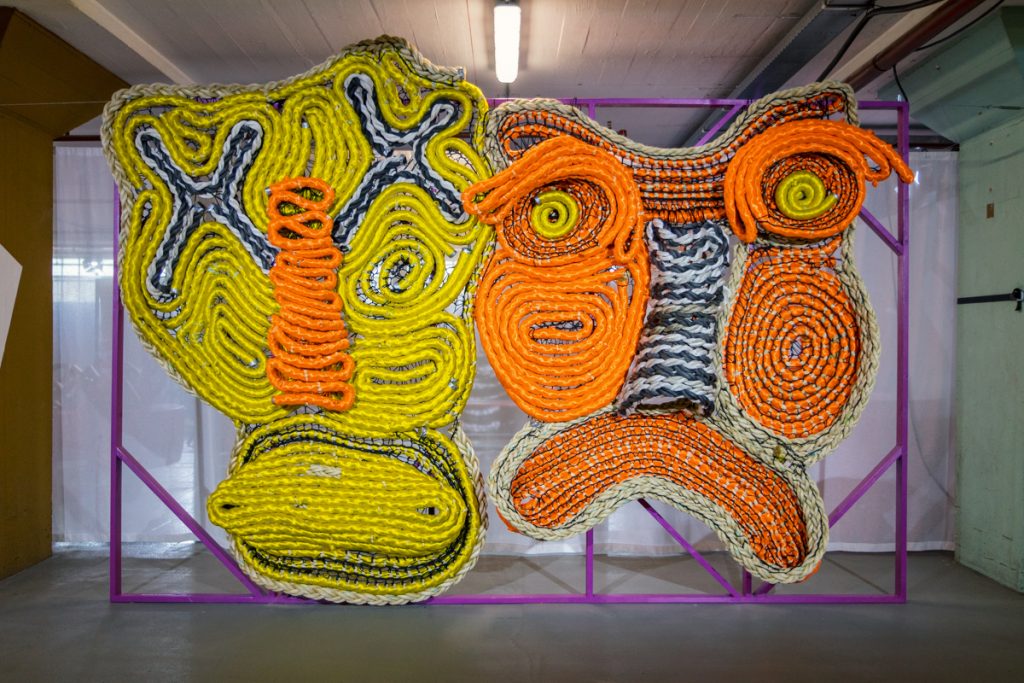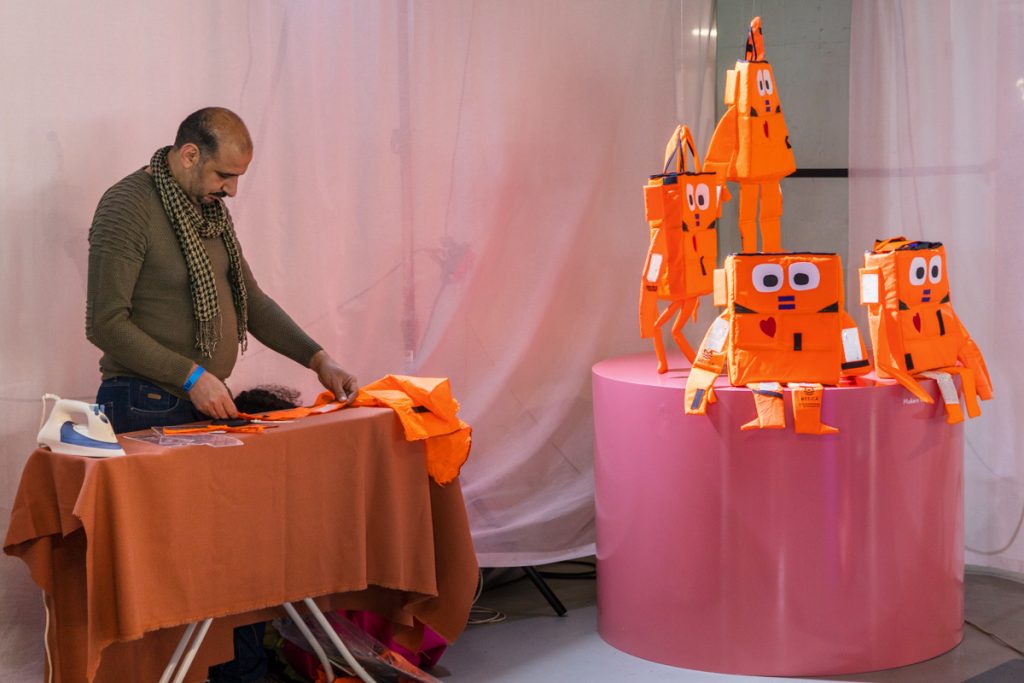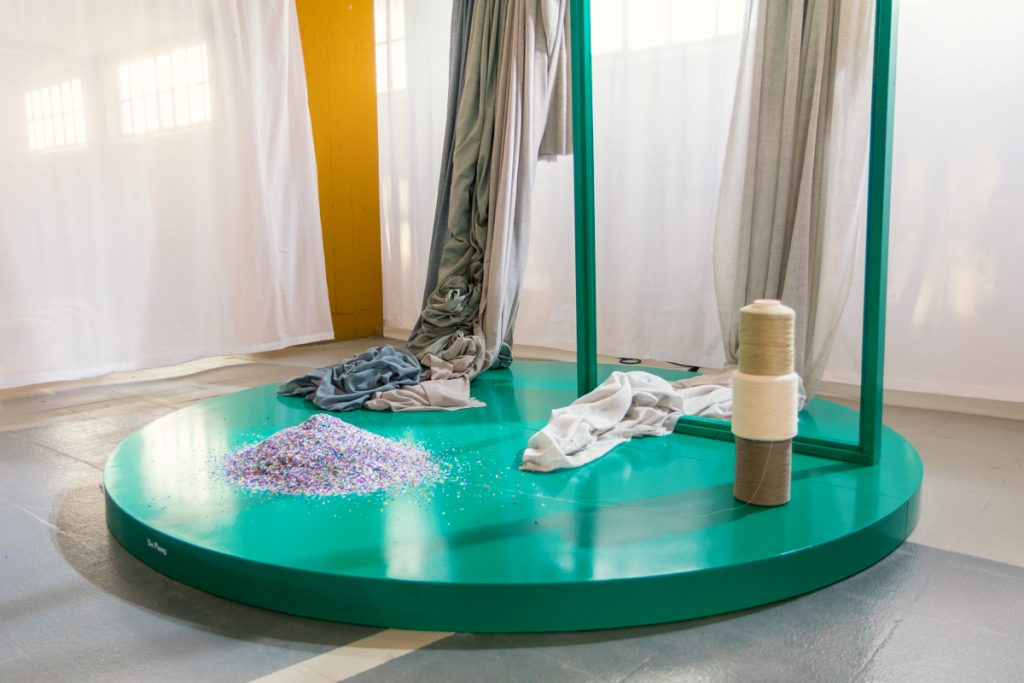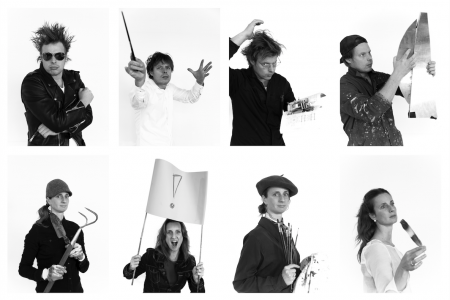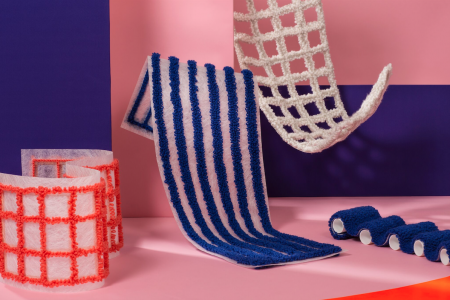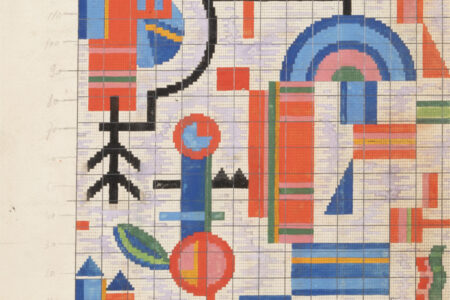Understanding the HOW? in the WOW!
‘WOW! How did you make that?’ This question is the premise for the Craft Council Nederland’s exhibition at DDW which reimagines weaving in wondrous ways
Sometimes you see an object that makes you think ‘Wow!’ quickly followed by many questions: how did they make that? what is it made from? how is that even possible?!
One exhibition at Dutch Design Week, curated by the Crafts Council Nederland, plays on this moment of intrigue. HOW&WOW focuses on both the final object and the process of making and manufacture. It takes the form of a traditional exhibition but also incorporates live demonstrations by artists, designers, and manufacturers. The exhibition has a particular focus on weaving, reimagining an ancient manufacturing technique. By bringing together an impressive cross-section of works that push the boundary of the craft of weaving, the exhibition sheds light on how material experimentation, technological advancements and collaborations can create exciting new opportunities for production.
The pieces on display from the manufacturer EE Exclusives demonstrate the versatility and possibility of weaving when collaboration is introduced. Founded in 1900, the family business initially wove cigar ribbons and later focused on making labels and tags to brand clothing and textiles. However, five years ago, they moved into new territory, bringing the fineness and beauty of label weaving into art, fashion and design. Their three works in HOW&WOW – a woven artwork, a stretchy 3D textile for the fashion industry and a zero-waste backpack – represent their diverse ventures into a more creative approach to weaving.
EE Exclusives’ show-stopping artwork is based on a still-life photograph of flowers by artists Maurice Scheltens and Liesbeth Abbenes. The piece is made with the jacquard weaving technique but, unconventionally, it is a two-sided artwork. This was a response to the observation that the backside of a weave is often more beautiful than the front. The artists and technicians decided to split the woven photograph across both sides of the fabric panel and fill in the empty spaces with the abstract colorful threads which would usually remain hidden inside a tag or garment. The result looks like a collage of a renaissance painting and digital artwork however it is made in a single weave.
In a radically different approach to weaving, artist Joana Schneider creates monumental sculptural masks from discarded ropes from the fishing industry in her series called Pluis. The dramatic masks seem to feel at home at the entrance of the exhibition, looking out at visitors passing through the doors.
Schneider recontextualizes techniques that she learned from net and rope makers and then, she painstakingly wraps the ropes in an unspun yarn and constructs them into larger-than-life faces. In this form, the materials take on a new life. “I love to combine these very poppy colors with the natural texture of the rope,” she tells TLmag.
A common theme throughout the show is three-dimensional weaving. The works of Lio de Bruin, Babs van den Thillart and Daan Veerman all approach this practice from very different angles. Lio de Bruin presents a series of samples which combine a range of materials including wool, linen, rope and leather. Her tactile pieces investigate the creation of textured structures and seem to call to your fingers to explore their unusual surfaces.
Meanwhile, in his collection Digital Craft, Dan Veerman challenges the notion of “weaving” by combing 3D printing techniques and craft. By hand, he controls the 3D printing device to create flexible, colorful and unique textiles that seem to resemble tiny cityscapes in their forms.
Finally, the work of Babs van den Thillart utilizes a weaving practice based on stretchy materials and loose components that are interconnected at several tactical points. When Den Thillart removes the weave from the loom, the fabric seems to jump to life with a springiness that shapes them.
Weaving and textiles are also shown to be capable of tackling societal problems. SEA is a circular fabric by De Ploeg that is surprisingly made from recycled plastic waste found on beaches. This plastic is then incorporated into the yarn spinning process and used to make household linens. Another social project is seen in the bombastic orange creatures created by Makers Unite fashion designer Bas Kosters and refugees. The Robot Bags are made out of the life-jackets of refugees who have crossed the Mediterranean Sea. It promotes social equality and sustainable making.
By examining How? and prompting a Wow!, the Craft Council Nederland demonstrates that in every manufacturing technique, no matter how well-established, there are still many surprises to be found.
HOW&WOW will be on display at Dutch Design Week in STRIJP-S/VEEM until October 28
